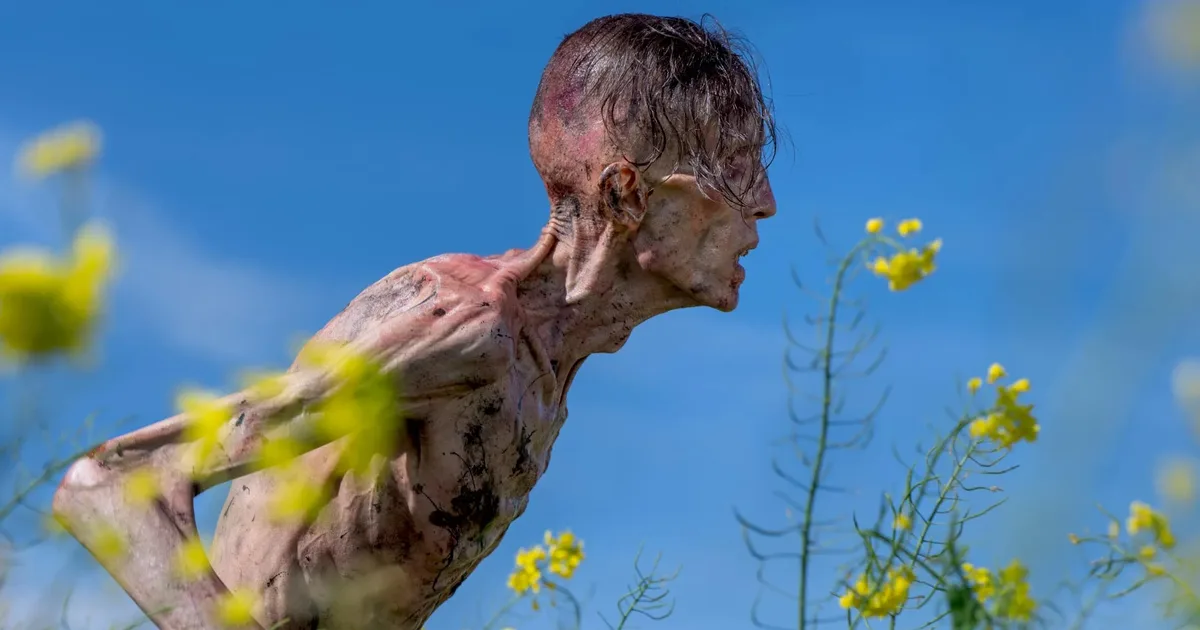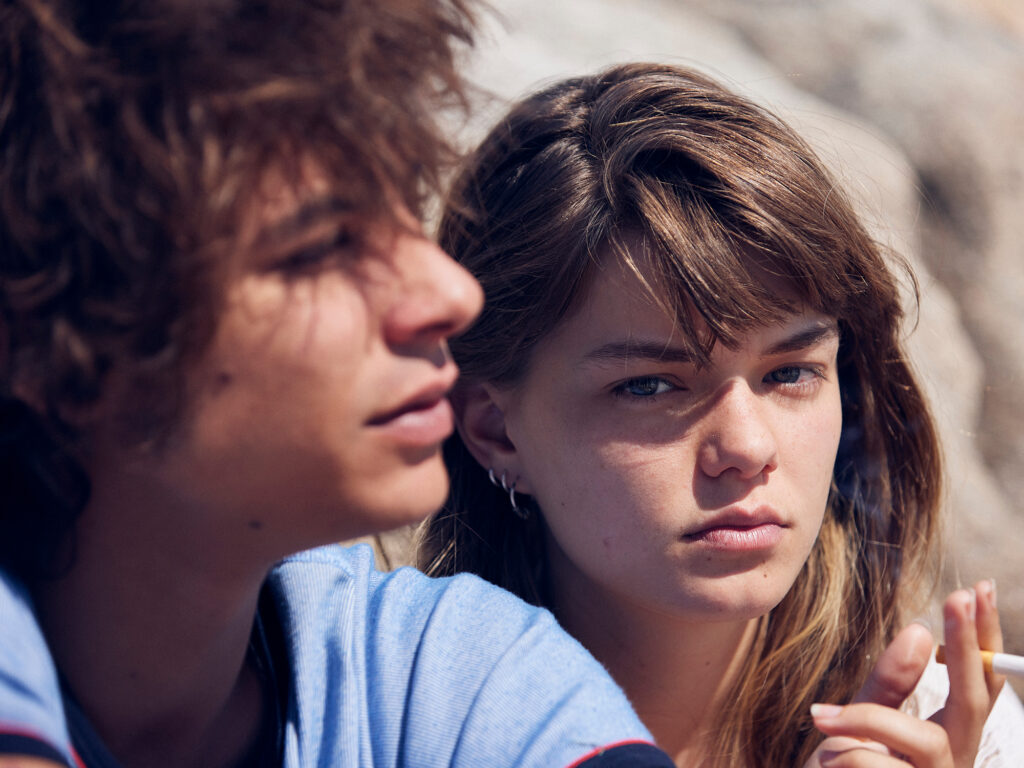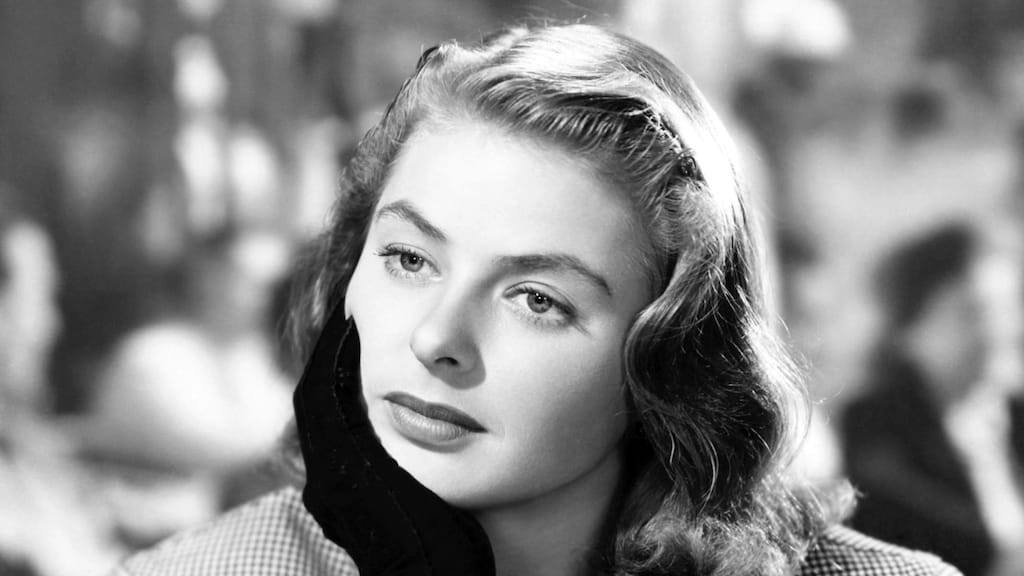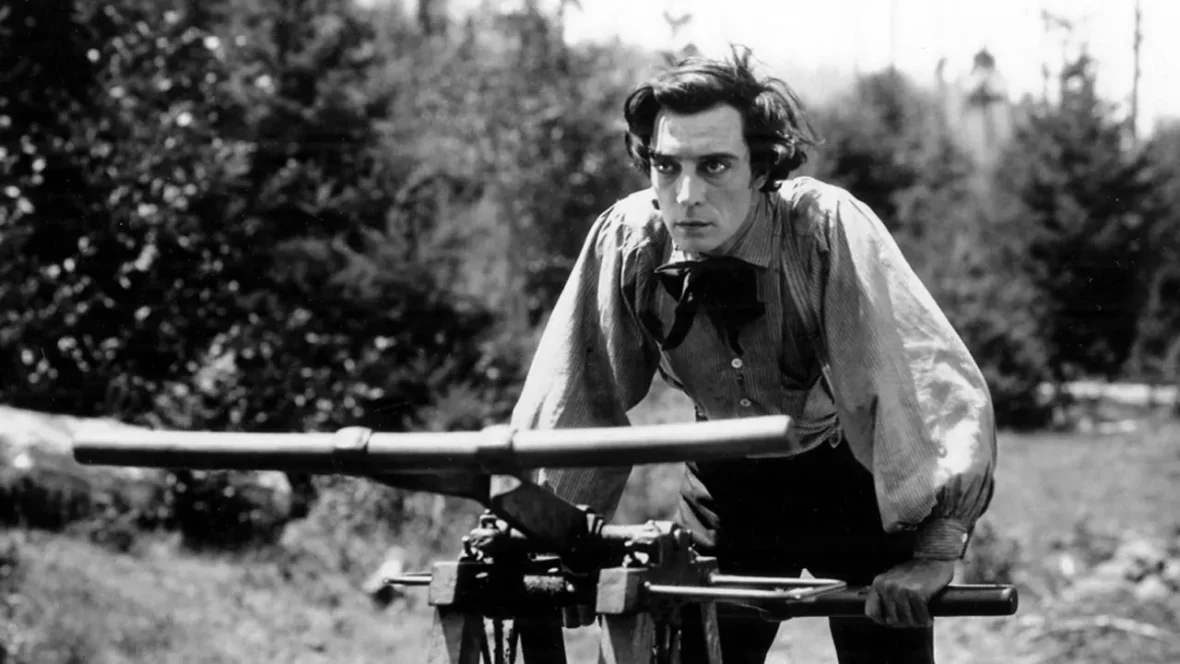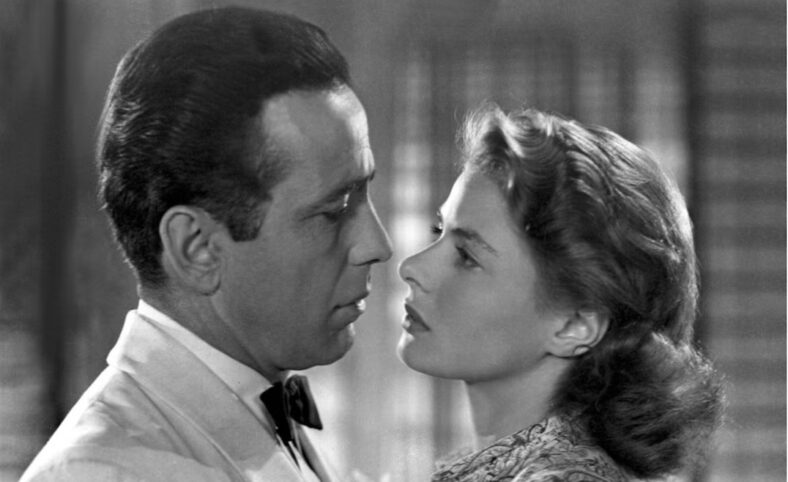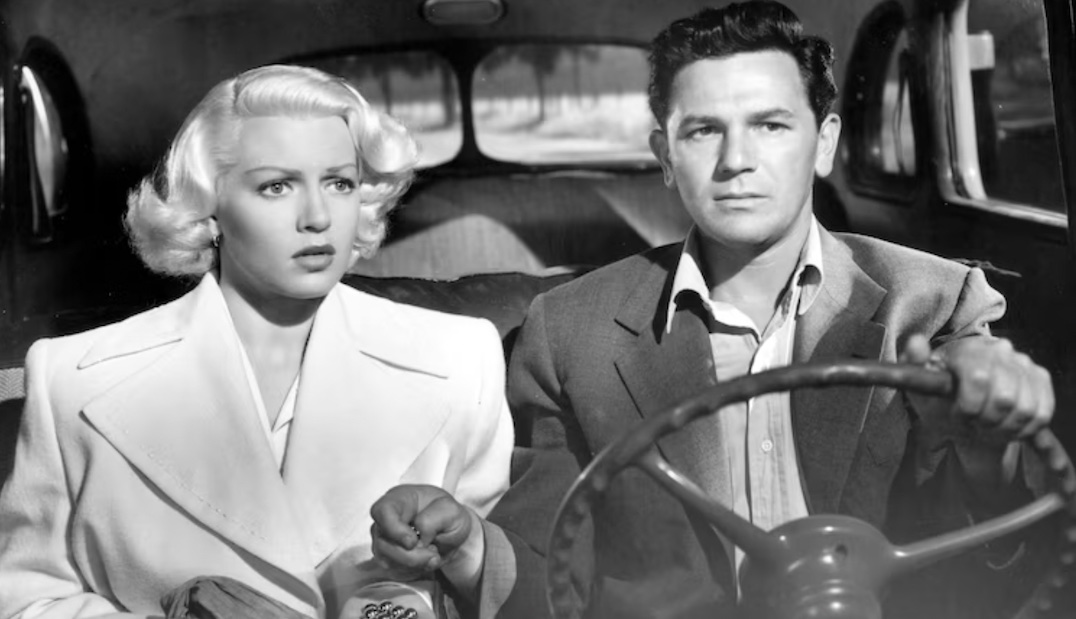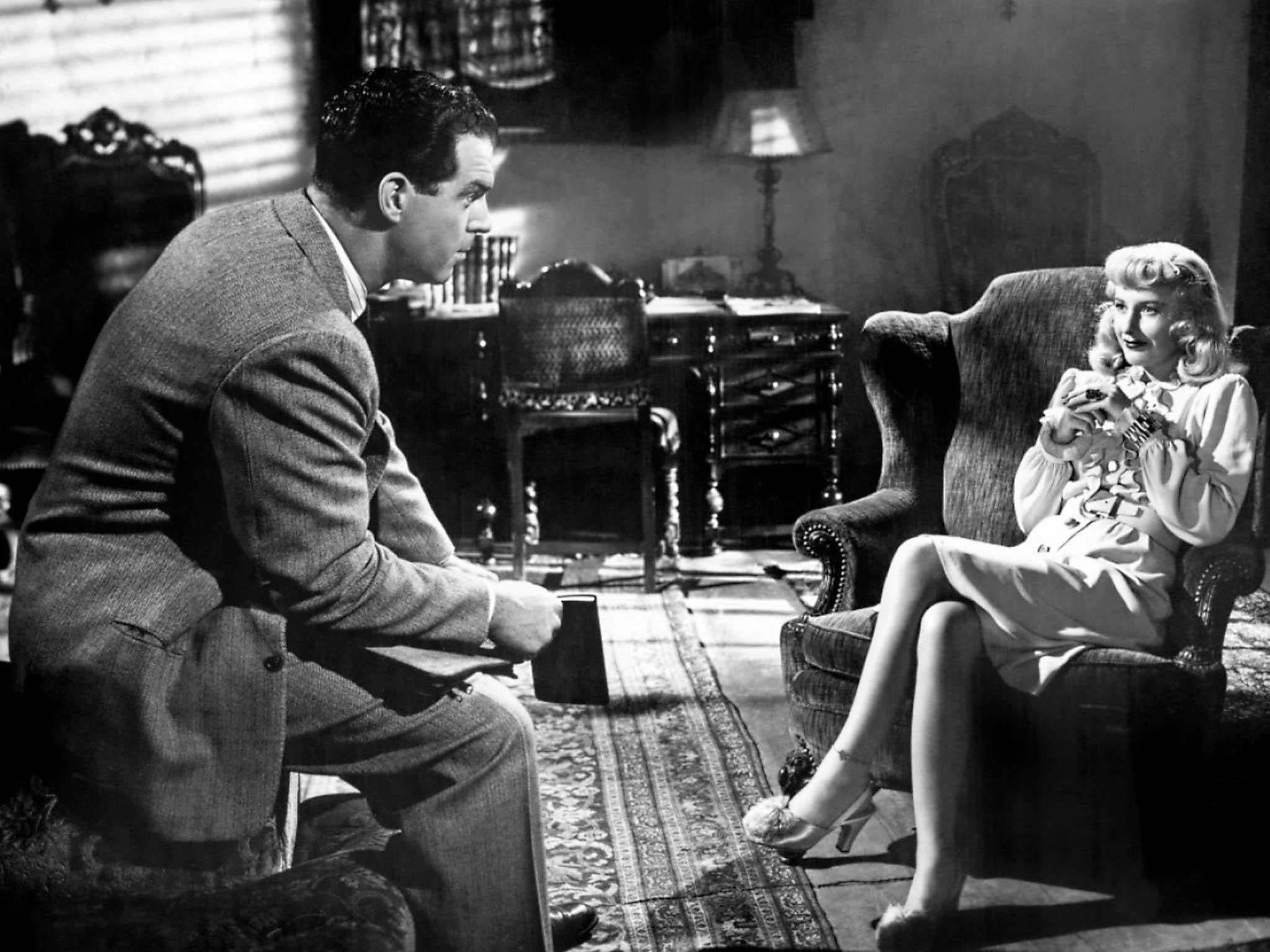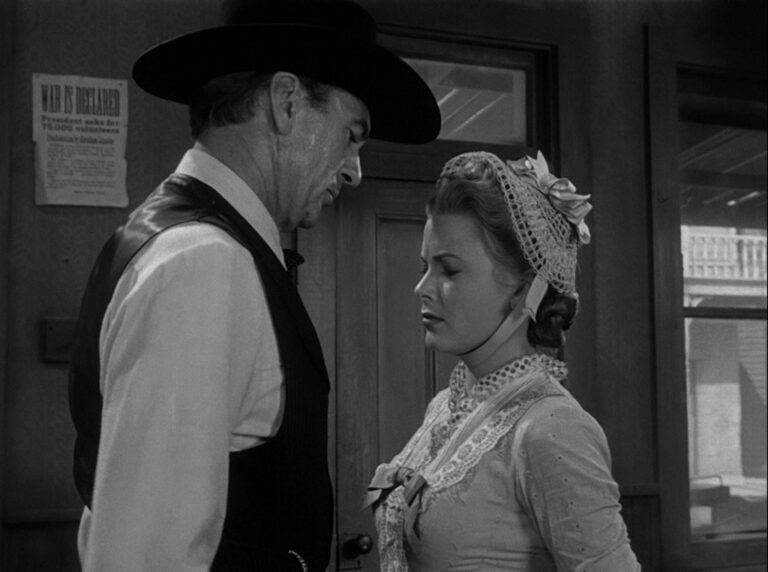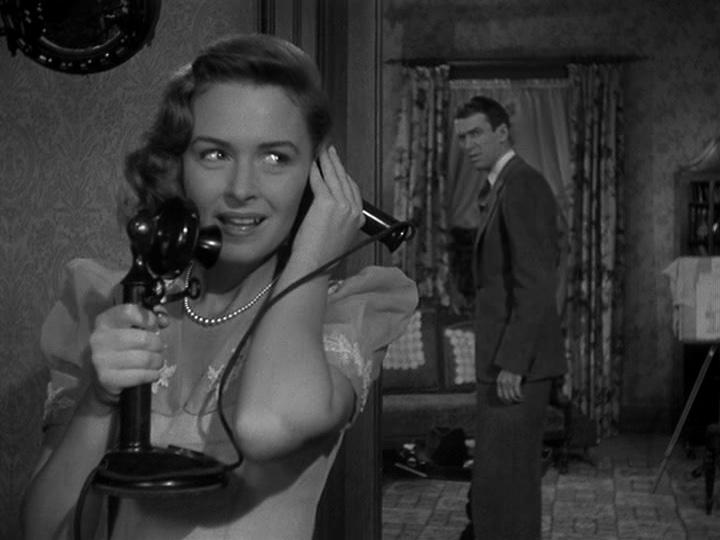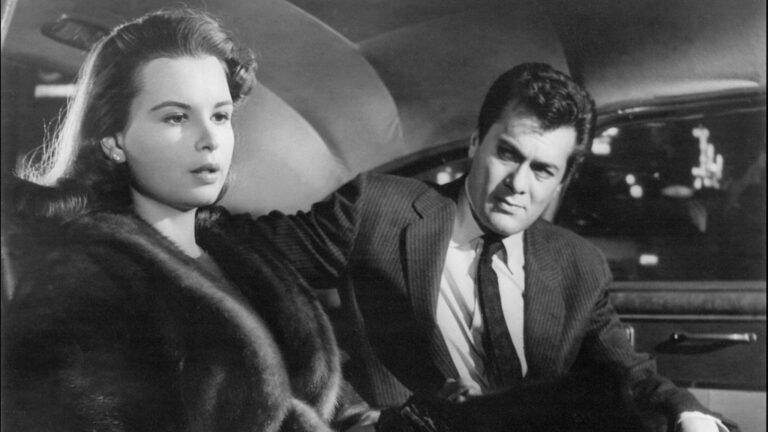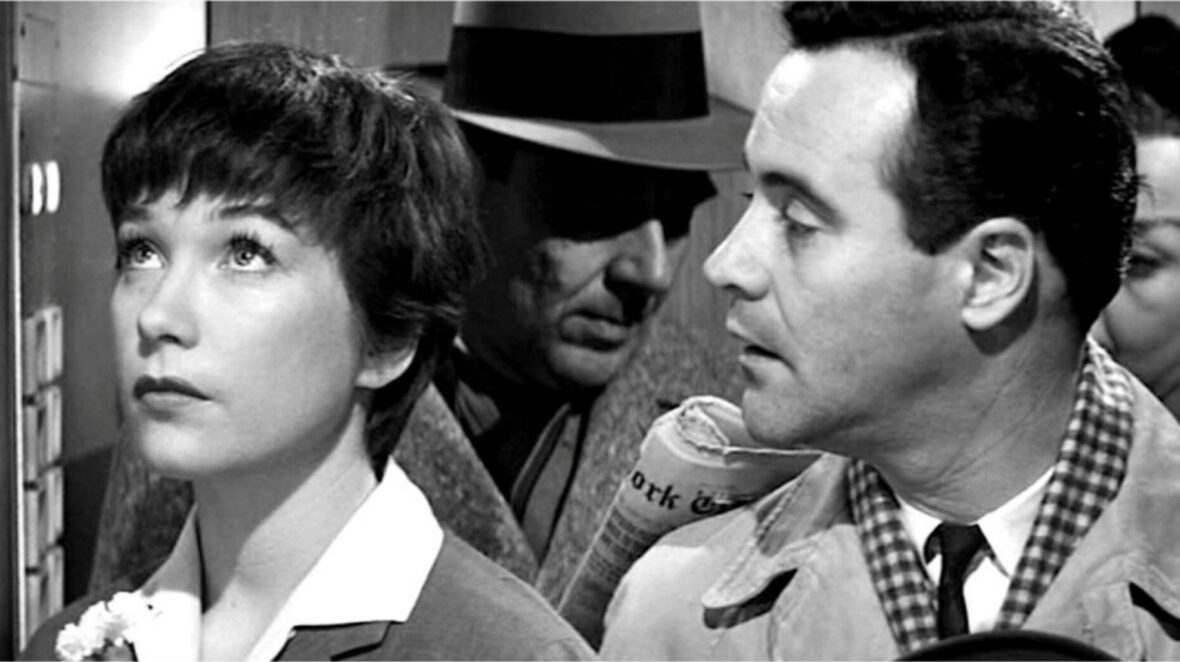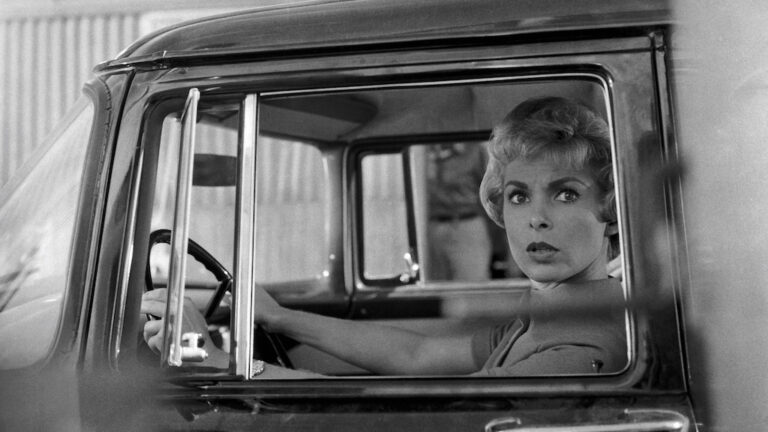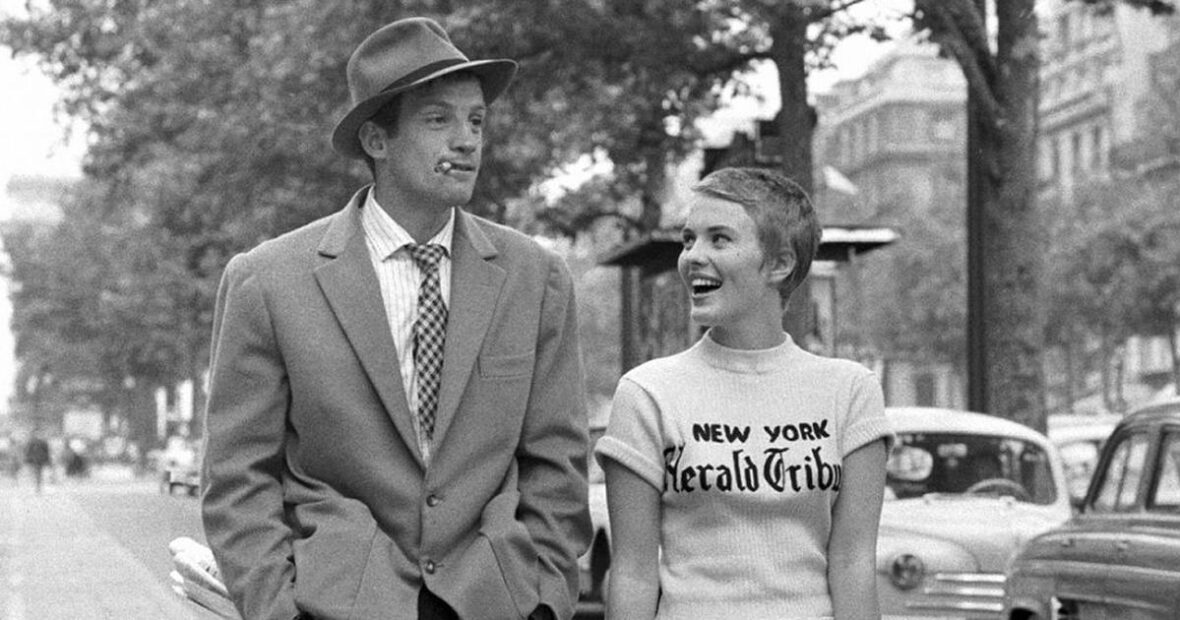
If Danny Boyle and Alex Garland’s much-feted 28 Years Later taught us anything, it’s that the UK has struggled to cope with being Ground Zero for a zombie apocalypse. Cut off from the rest of the world, the nation’s infrastructure and culture crumbled at the point of origin: sometime in late 2001 (when 28 Days Later was filmed). With this in mind – plus the gonzo out-of-nowhere ending of the film, largely indecipherable to non-British audiences with no knowledge of who Jimmy Saville is – we’ve been thinking. How else might the rage virus and demise of the British Isles impacted the world? Until Alex Garland reveals more lore in 2026’s 28 Years Later: The Bone Temple, allow us to speculate…
Get more Little White Lies
- The last-ever Premier League table is topped by Sam Allardyce’s Bolton Wanderers.
- Based on the streaming video capabilities of the circa-2001 internet, it is unlikely that any survivors, certainly by the time of 28 Years Later, had ever rubbed one out to online pornography. Old copies of FHM and Loaded have become their own form of currency.
- The cast of recently-broadcast sitcom The Office tragically succumbed to the rage virus, ensuring that Ricky Gervais’ career never took off and that the US was never really exposed to it in any meaningful capacity. Mike Schur never remakes the show for a US audience, thereby narrowly avoiding ruining network television for years to come.
- JK Rowling’s brain worms were unable to fight back the rage virus, and the final three Harry Potter books were never written. Not only does this lead to the anti-trans movement in the UK never really taking hold, it results in the first Harry Potter movie never being released in late 2001. Decades later, people talk about it like The Day the Clown Cried.
- Without music execs Simon Fuller and Simon Cowell living long enough to ensure Pop Idol’s success, American Idol and The X Factor never exist, completely changing the television and music landscape of the 2000s. More tragically: One Direction were never formed.
- Margaret Thatcher, who began to exhibit symptoms of memory loss around 2000 but did not retire from public life until early 2002, died not of a stroke but of being eaten by an infected, and was almost certainly lucid enough to understand what was happening.
- Similarly, Britain’s then-Prime Minister, Tony Blair, was eaten by a zombie while trying to flee the capital on a chopper shortly after giving a radio broadcast urging the nation to maintain calm and dignity.
- Charli XCX survives the rage virus as a child, but instead of dedicating her life to music, she starts her own Jimmy-style cult in Essex, in which she refers to all her peers as brats. As such, Brat Summer still happens. Just with more severed heads.
- Banksy, who was in Mexico in 2001 working with an art activism collective, inadvertently survives by virtue of being out of the country. He becomes even more famous, his art gets even worse, and he wins the Nobel Peace Prize for installing a large mirror against the exterior wall of the abandoned British Consulate in New York, with a sign that reads ‘The Real Zombie’.
- Instead of Love Island ever coming to pass, a reality television series funded by a French production company is briefly piloted. Entitled ‘Peste Île’ (Plague Island) it sees a team of wilderness enthusiasts attempt to survive in the Forest of Dean for a fortnight. The project is abandoned after all 20 contestants die within a week.
- The final Number One single the UK ever experienced was Bob the Builder’s cover of Mambo Number Five.
- After word gets out about the rage virus first developing in apes, animal testing is banned globally. Greater awareness and empathy towards the great apes leads to greater conservation efforts; none of the species are endangered.
- Paddington Bear never received a revival via Paul King’s charming films. Instead, following global demand for British nostalgia products, it is Rupert the Bear who becomes the world’s favourite fictional ursine character.
- With no internet and limited access to power, watching VHS tapes is a rare treat for the people of England. Mostly they relay what they remember of old films and television shows through word of mouth. This leads to some obvious embellishments and alternate versions. No one can agree on what exactly Noddy was.
- Elton John, who was in LA at the time of the outbreak, recorded another charity version of ‘Candle in the Wind’ dedicated to all those lost to the rage virus. All the proceeds go to survivors who made it out of the United Kingdom before it was declared a no-go zone.
- The loss of the UK actors delays the production of the television adaption of George R. R. Martin’s Game of Thrones even more than it already was, and the author feels less pressure to fulfil expectations. At the same time he also doesn’t become embarrassingly rich, which reduces his distractions. The ’A Song of Ice and Fire’ series concludes in a timely fashion. Eventually plans for a television adaptation are abandoned altogether because they can’t find enough actors who can do good Northern accents.
- Boris Johnson is tragically killed trying to prove zombies are “perfectly harmless with the right handling” during a publicity stunt in an aborted mayoral campaign for the London enclave.
- As we see in 28 Years Later, the Angel of the North remains standing – as do many of the UK’s landmarks, including the Clifton Suspension Bridge and the Folkestone White Horse. Big Ben, however, stops bing-bonging three years into the pandemic due to lack of maintenance. The large crowd of zombies drawn towards it every hour due to the noisy bing-bongs are most confused.
- Top Gear never aired, thus preventing a generation of men from building their entire sense of humour around it.
- Due to the chaos of the virus, many animals escaped from zoos. Although most were eaten by the infected or desperate humans, some survived and even thrived. Notable additions to the UK wildlife include a herd of zebras running loose on Cannock Chase and Chester Zoo’s big cat collection, who thrive on the England/Wales border.
- Gorillaz only released a single, self-titled album, with the fate of Albarn and Hewlett unknown to the wider world, elevated to mythical status. But in reality, they continue to work on the project well into the end times. ‘Demon Days’ never makes it out of the UK, but becomes the stuff of legend within the island, with bootlegs cassettes duplicated and shared around by travelling merchants.
- The Oscars’ annual ‘In Memorium’ segment was replaced with a musical tribute to Great Britain. There was a tasteful powerpoint featuring various British actors who succumbed to the virvirus,ile Elton John performed his new cover of ‘Candle in the Wind’.
- Die Another Day was never filmed, and Pierce Brosnan’s time as Bond finished with The World Is Not Enough. After a decade of warring over the rights, Hollywood went ahead with a reboot. It absolutely tanked.
- A decade after the rage virus outbreak, David Fincher and Aaron Sorkin teamed up to make a tasteful drama about it called ‘The Viral Network’. It won Best Picture at the 2012 Oscars.
- Meanwhile, numerous film projects are scrapped in the interest of good taste because their disease-related plots are considered to be “too soon.” The zombie genre is effectively dead for at least a decade, while academics pontificate on how in retrospect, it’s obvious that the pop culture about pandemics was a collective anticipation of Rage. George R. Romero retires and lives the rest of his life in haunted shame for things he really has no control over. However, in the early 2010s, an upstart filmmaker named Eli Roth (whose debut, Cabin Fever, was shelved due to the outbreak) makes the first major zombie movie in a long time, drawing tremendous controversy but a huge box office take, reviving the genre.
- Prince William, on his gap year in Africa, is the only surviving member of the Royal Family after the Queen Mother turned and infected everyone at Sandringham. He resettles in Cape Town and in subsequent years haunts the European party circuit, befriending the deposed Hapsburg and Bourbon claimants, and waving to an increasingly indifferent crowd at F1 races (which Verstappen dominates to a tiring degree in the absence of Lewis Hamilton). He is referred to colloquially as “The Dauphin of Rage Island”.
- The Great British High Street is frozen in time at its zenith. No vape shops, no American candy shops, no Harry Potter souvenir shops or Cash Converters. On TikTok, teenagers post grainy photographs of random British town centres with ‘Take me back to this <3’ set to Robbie Williams’ ‘Angels’.
- For obvious reasons, the 2012 London Olympics never happened. Danny Boyle never directs the opening ceremony. Hang on…did Danny Boyle survive the zombie apocalypse?
